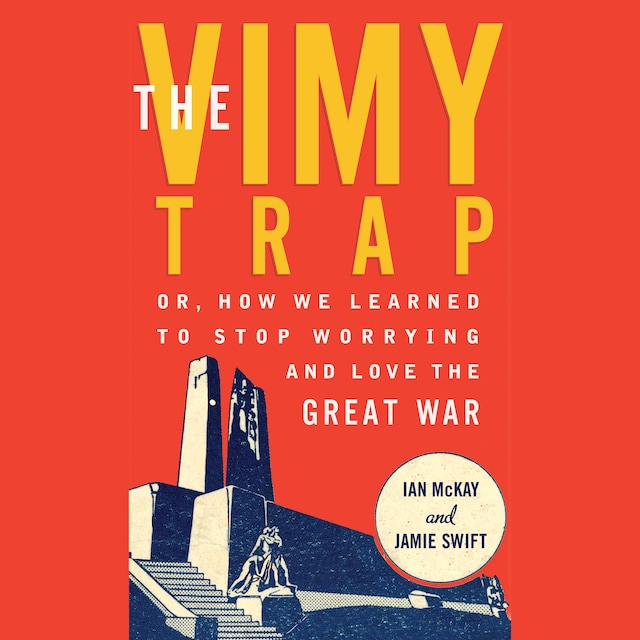
The Vimy Trap
or, How We Learned To Stop Worrying and Love the Great War


